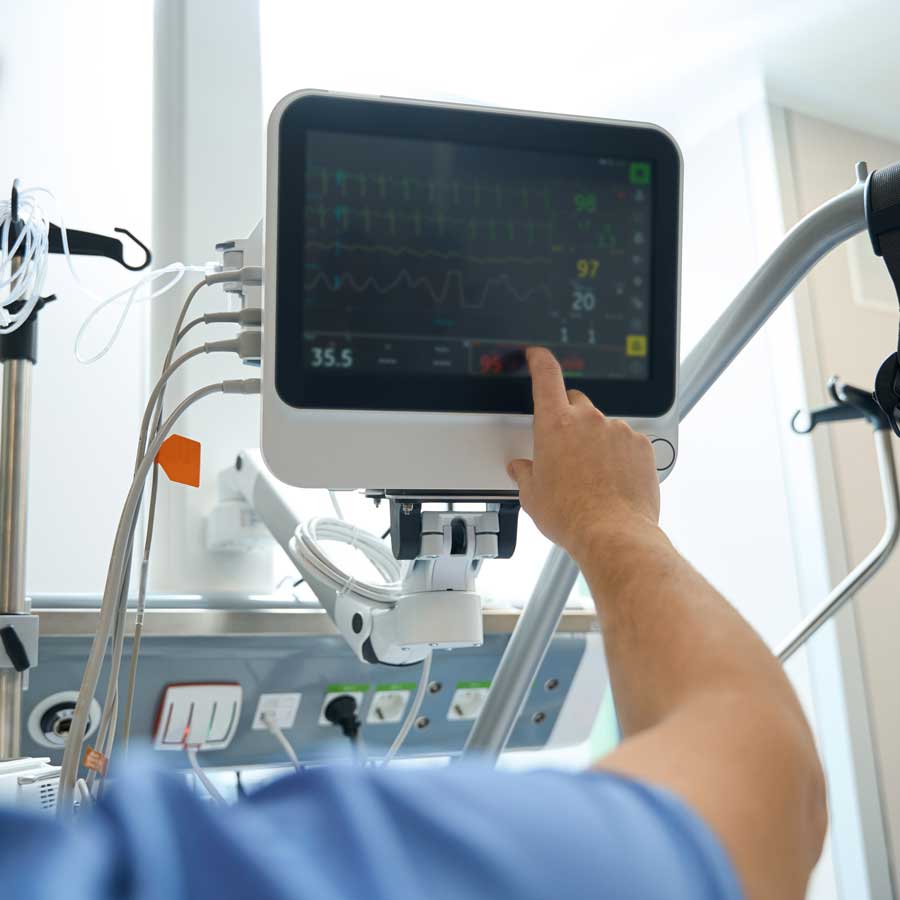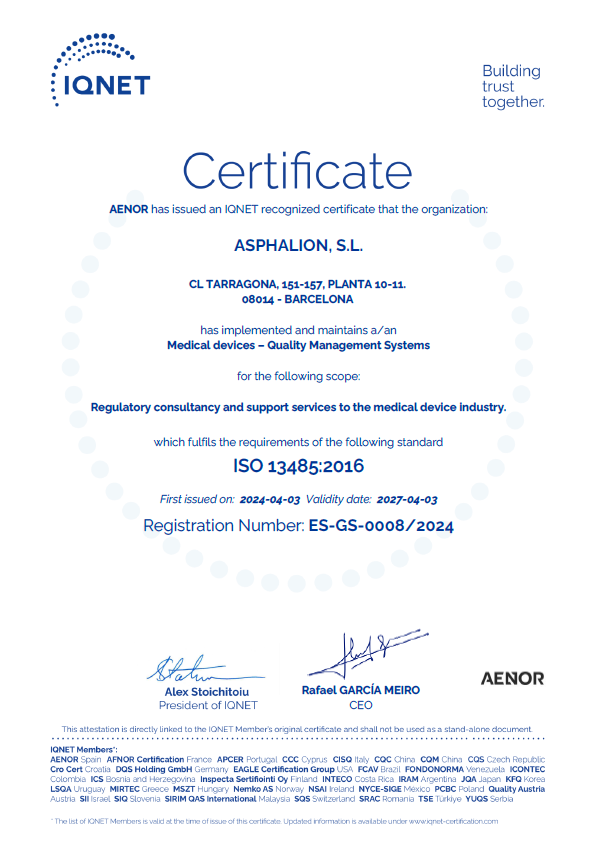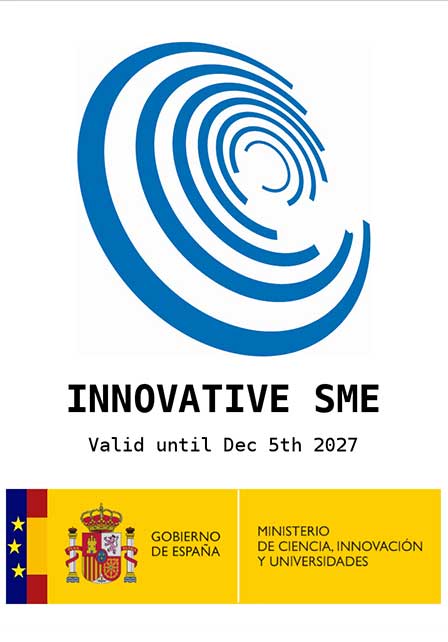In this blog, we will explore the challenges and strategies involved in navigating the medical device regulatory maze, highlighting the importance of adhering to regulations, standards, and requirements to ensure legal marketing and sales in various countries or regions.
The medical device industry is vast, encompassing everything from simple bandages to sophisticated MRI machines, is highly regulated, and for good reason. The safety and effectiveness of medical devices are of paramount importance to protect patient health and well-being. However, the regulatory landscape can be overwhelming, with different countries and regions having their own unique requirements. Navigating this maze requires a deep understanding of regulations, effective strategies, and a commitment to compliance.
Understanding the Regulatory Landscape
The first step in navigating the medical device regulatory maze is to gain a comprehensive understanding of the regulatory landscape. Medical device regulations vary from country to country, making compliance a challenging task. This involves identifying the regulatory bodies and agencies responsible for overseeing medical device approvals in each target market. For example, the FDA in the United States, the European Competent Authorities (CA) and Notified Bodies in Europe, the National Medical Products Administration (NMPA) in China, among others. Each regulatory body has its own set of regulations, standards, and requirements that must be met for a medical device to be approved. These may include classification criteria, technical documentation, clinical data, quality management systems, labeling requirements, conformity assessment routes and post-market surveillance. It is essential to stay up-to-date with any changes or updates to these regulations to ensure compliance.
Developing a Regulatory Strategy
Once you have a clear understanding of the regulatory landscape, the next step is to develop a comprehensive regulatory strategy. This involves identifying your target markets and determining the most efficient and cost-effective path to market entry.
One approach is to leverage existing regulatory approvals or certifications. For example, if your device is already approved by the FDA, you can use the FDA’s premarket approval (PMA) or 510(k) clearance as a basis for seeking approvals in other countries. This can help streamline the regulatory process and reduce time to market.
Another strategy is to engage with regulatory consultants or experts who have experience navigating the specific regulatory requirements of your target markets. These experts can provide valuable insights and guidance on the documentation, testing, and submission processes required for each market.
Conducting a Gap Analysis
Before submitting your device for regulatory approval, it is essential to conduct a thorough gap analysis. This involves comparing your device and its documentation against the regulatory requirements of each target market. By identifying any gaps or deficiencies early on, you can address them proactively and avoid potential delays or rejections during the approval process.
The gap analysis should cover all aspects of regulatory compliance, including technical documentation, clinical data, labeling, and quality management systems. It is important to ensure that your device meets the specific requirements of each market, taking into account any cultural or regional differences.
Building a Strong Regulatory Submission
Once you have addressed any discrepancies identified in the gap analysis, it is time to prepare a strong regulatory submission. This includes compiling all the necessary documentation, conforming to relevant standards, conducting any required testing or clinical trials, and ensuring that your submission is complete and accurate.
It is crucial to pay attention to details and follow the specific requirements outlined by each regulatory body. This may include formatting guidelines, language requirements, and specific documentation templates. Any errors or omissions in your submission can lead to delays or rejections, so it is important to be meticulous in your preparation.
Maintain compliance
Once your device has been approved, you need to maintain compliance with the regulations. This includes monitoring the regulatory landscape for changes, conducting periodic risk assessments, and implementing any necessary corrective actions.
Challenges in Navigating the Regulatory Maze
- Evolving Regulations: As medical technology evolves, so do the regulations. Staying updated with the latest guidelines is crucial.
- Interpreting Ambiguous Requirements: Not all regulatory guidelines are black and white. Interpreting and implementing ambiguous requirements can be challenging.
- Global Market Considerations: For companies selling internationally, managing multiple regulatory requirements can be a logistical challenge.
Tips for Successful Navigation
- Stay Informed: Regular consultations with regulatory bodies and industry groups are essential. Attend workshops and seminars to stay updated on the latest changes.
- Hire or Consult Experts: Consider hiring regulatory affairs professionals or consulting with experts who specialize in medical device regulations.
- Invest in Quality: Ensure that your company has robust quality assurance and quality control processes in place. This investment will pay off in smoother regulatory reviews and fewer post-market issues.
- Engage Early and Often: Don’t wait until the last minute to engage with regulatory bodies. If possible, seek their feedback early in the device development process to avoid costly and time-consuming revisions later on.
Conclusion
Navigating the medical device regulatory maze is a complex and challenging task. However, with a thorough understanding of the regulatory landscape, a well-developed regulatory strategy, a comprehensive gap analysis, and a strong regulatory submission, you can successfully navigate the process and bring your medical device to market in various countries or regions.
By staying informed about regulatory changes, collaborating with regulatory experts, and maintaining a commitment to compliance, you can ensure that your medical device meets the necessary regulations, standards, and requirements to be legally marketed and sold, ultimately benefiting patients and advancing healthcare worldwide.


